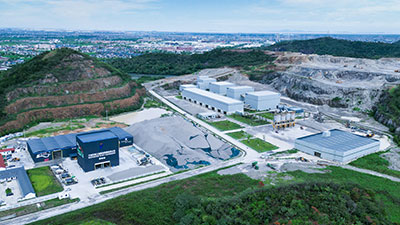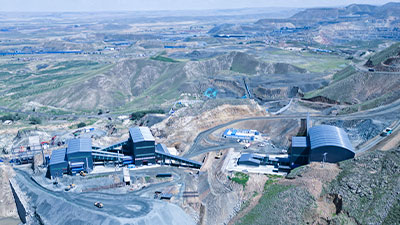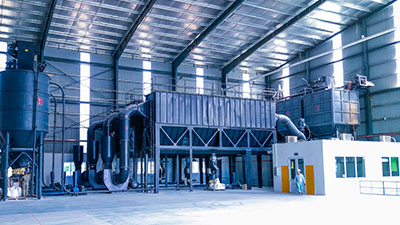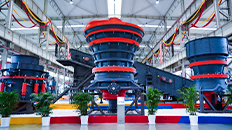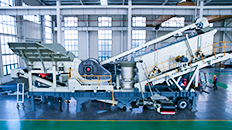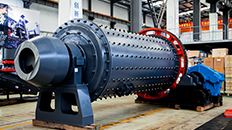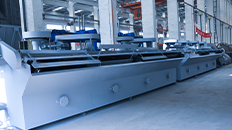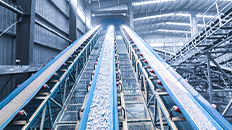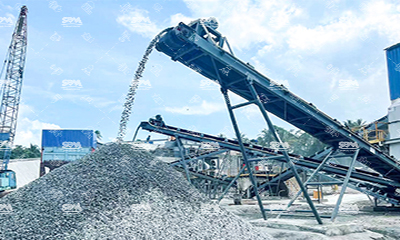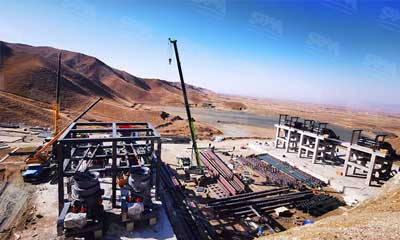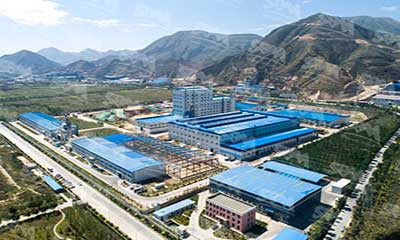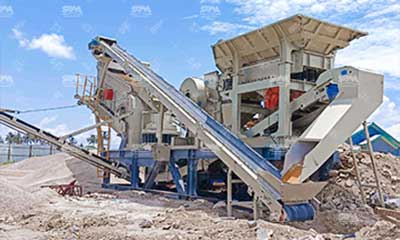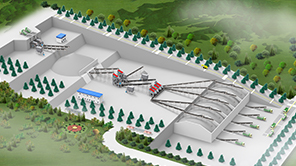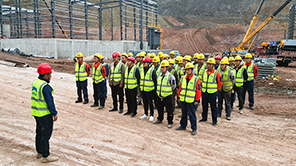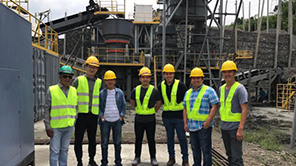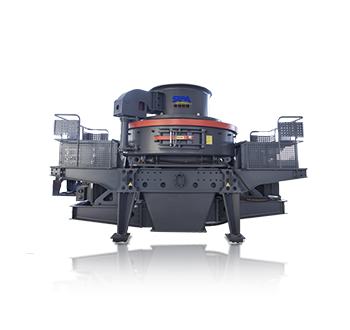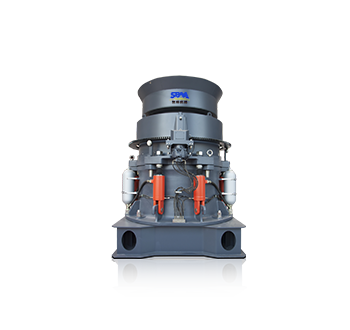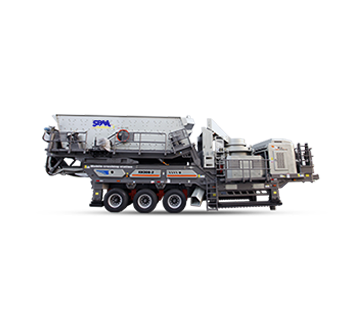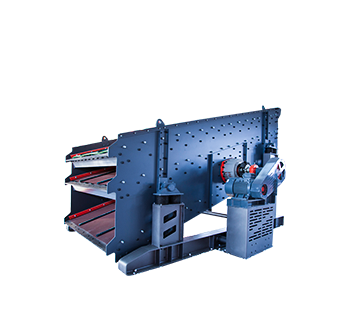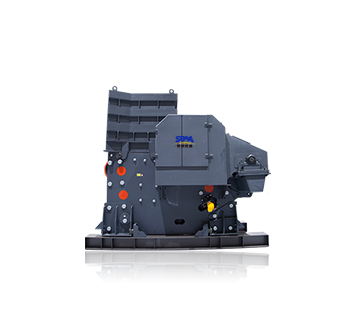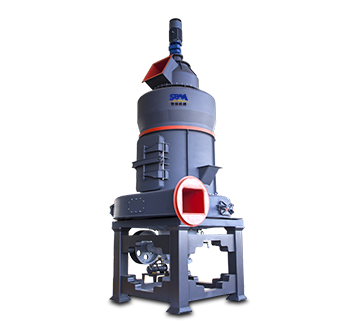Summary:This article explores the top 5 noise reduction technologies for sand making machines, their working principles, and real-world applications.
Sand making machine is essential in producing high-quality artificial sand for construction, mining, and infrastructure projects. However, one of their biggest drawbacks is noise pollution, which can exceed 85–100 decibels (dB)—well above safe workplace limits.
Excessive noise not only violates environmental regulations but also leads to worker fatigue, hearing loss, and community complaints. To address this, manufacturers have developed advanced noise reduction technologies that maintain efficiency while minimizing acoustic impact.
This article explores the top 5 noise reduction technologies for sand making machine, their working principles, and real-world applications.

1. Acoustic Enclosures & Soundproofing Panels
How It Works
Acoustic enclosures are sound-absorbing barriers made of multi-layered composite materials, such as:
- Mineral wool (for high-frequency noise absorption)
- Damped steel panels (for low-frequency vibration reduction)
- Perforated metal sheets (to diffuse sound waves)
These enclosures are designed to fully or partially encase the crusher, reducing noise emissions by 10–20 dB.
Benefits
- ✔ Easy retrofitting – Can be added to existing machines
- ✔ Minimal maintenance – No moving parts
- ✔ Customizable – Adjustable for different crusher models
2. Vibration Isolation Mounts
How It Works
Sand making machines generate structural noise due to rotor imbalance, bearing wear, and material impacts. Vibration isolation mounts decouple the machine from its foundation, preventing noise transmission. Common solutions include:
- Rubber isolators (for moderate vibration)
- Spring-damper systems (for heavy-duty applications)
- Air springs (for ultra-low-frequency noise)
Benefits
- ✔ Reduces structure-borne noise by 30–50%
- ✔ Extends machine lifespan (less wear on bearings & motors)
- ✔ Prevents ground vibration complaints
3. Low-Noise Rotor & Impeller Design
How It Works
Traditional rotors create turbulent airflows and impact noise when crushing rocks. Newer designs optimize:
- Blade geometry (reducing air resistance)
- Balanced weight distribution (minimizing vibrations)
- Polyurethane-coated tips (softer material impact)
Some manufacturers use helical rotors to ensure smoother material flow, reducing high-frequency screeching noises.
Benefits
- ✔ 5–8 dB noise reduction compared to standard rotors
- ✔ Higher energy efficiency (less wasted kinetic energy)
- ✔ Fewer mechanical failures due to balanced forces
4. Active Noise Cancellation (ANC) Systems
How It Works
Originally developed for headphones and industrial fans, ANC technology is now being adapted for sand making machines. It works by:
- Microphones detect noise frequencies.
- A control unit generates inverse sound waves.
- Speakers emit anti-noise to cancel out harmful frequencies.
Benefits
- ✔ Targets specific problem frequencies (e.g., 500–2000 Hz)
- ✔ Works in real-time (adjusts to changing conditions)
- ✔ Can be integrated with IoT for smart noise management
Limitations
- ❌ High initial cost (best for large-scale operations)
- ❌ Requires regular calibration
5. Hybrid & Electric-Powered Sand Makers
How It Works
Traditional diesel-powered crushers contribute to noise and air pollution. Electric and hybrid models eliminate:
- Engine roar (electric motors operate at <75 dB)
- Exhaust fan noise (no need for cooling systems)
Some models use battery buffers to reduce peak power demand noise.
Benefits
- ✔ Noise levels drop to 70–75 dB (similar to a vacuum cleaner)
- ✔ Zero exhaust emissions (better for indoor/urban use)
- ✔ Lower operating costs (no fuel consumption)
For most operators, a combination of enclosures, vibration control, and rotor upgrades offers the best cost-to-benefit ratio. Meanwhile, ANC and electric crushers are ideal for urban quarries and zero-noise-policy zones.
By adopting these technologies, sand producers can meet regulations, improve worker safety, and reduce community backlash—while maintaining high productivity.

